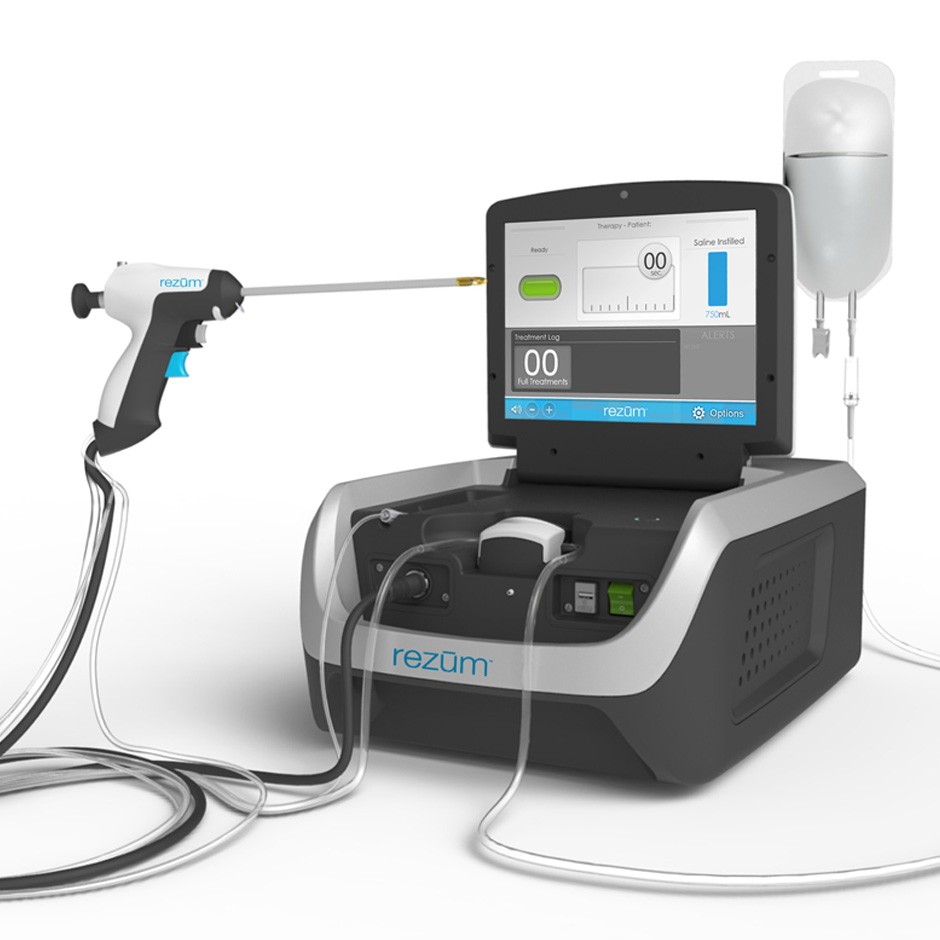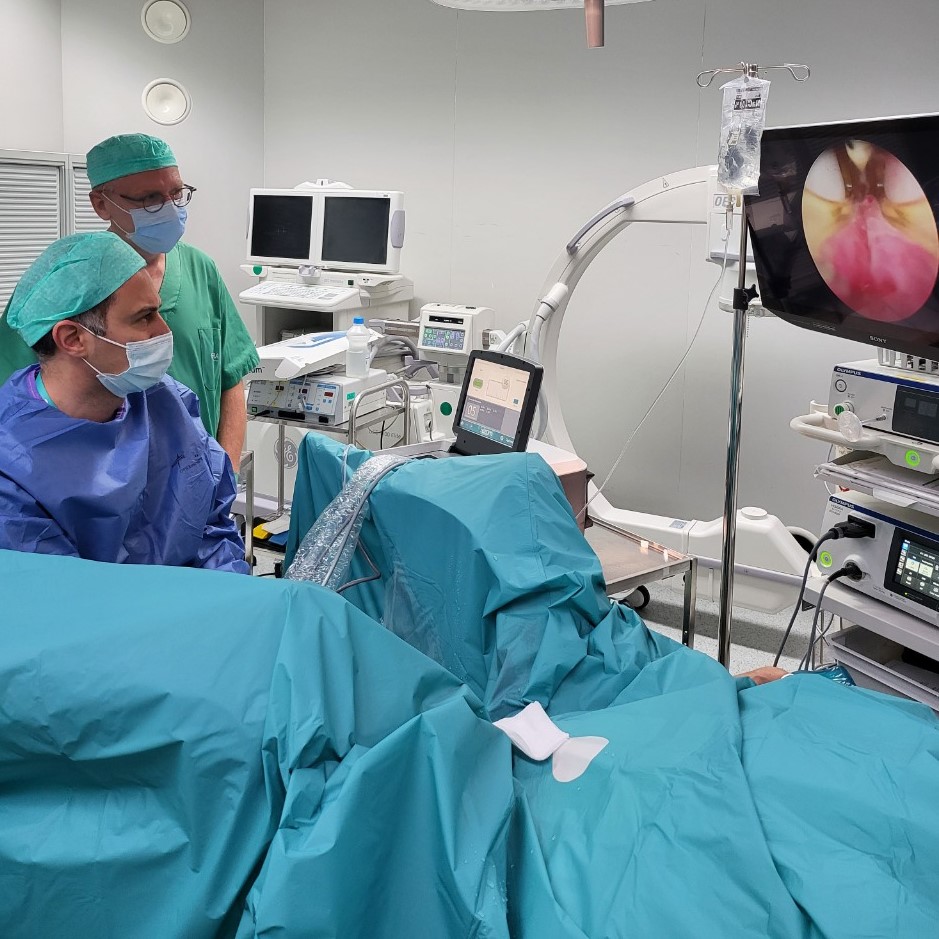Is the Rezum procedure approved by the FDA?

What is Rezum procedure?

Rezum operation helps to treat a benign prostatic hyperplasia (BPH) by throwing steam through an instrument into the enlarged area of the prostate; the vapor carries energy that will be diffused into the molecules which will be killed and discarded by the immune system.
It lasts 5 to 10 minutes under local anesthesia and the number of vapor ejection depends on the volume of the prostate.
How does the Rezum procedure work?
During the Rezum procedure, a thin tube called a transurethral catheter is inserted through the urethra and into the prostate. The catheter is then used to deliver steam to the prostate tissue. The steam is generated by heating water in a small container connected to the catheter. The heat causes the prostate tissue to shrink, reducing the size of the prostate and improving urinary flow.
The procedure is typically performed on an outpatient basis under local anesthesia or sedation, and usually takes around 10 minutes. After the procedure, patients may experience some discomfort or pain in the area, but this is usually mild and can be managed with over-the-counter pain medication. Most patients are able to return to normal activities within a few days.
The Rezum procedure has been shown to be effective in reducing symptoms of BPH and improving urinary flow. It has a lower risk of complications compared to other BPH treatments, such as TURP. However, as with any medical procedure, there may be potential risks and side effects, so it is important to discuss the benefits and risks with a urologist before deciding whether to undergo the Rezum procedure.
REZUM Procedure has a lot of benefits:

NO major complications, you do not have to stay in the hospital.

Return to daily activities in a few days.

NO pain during the procedure.

Improvement of symptoms after 2 weeks.

Symptoms continue to improve for up to 3 months.

A good prognosis of up to 15 years.

NO sexual dysfunctions.
Frequently Asked Questions
Rezum Therapy is a minimally invasive treatment option for men with benign prostatic hyperplasia (BPH), which is a condition where the prostate gland grows in size and can cause urinary problems such as frequency, urgency, weak stream, and difficulty starting and stopping urination.
Rezum Therapy is designed to treat the underlying cause of BPH by reducing the size of the prostate gland, while preserving sexual function.
The Rezum procedure, which is a type of minimally invasive treatment for benign prostatic hyperplasia (BPH), is generally not considered to be a painful procedure. Most patients report only mild to moderate discomfort during the procedure and minimal to no pain afterwards.
However, everyone’s experience with the procedure can vary and some patients may experience more discomfort or pain than others. Your doctor will discuss the procedure with you and provide you with pain management options to help ensure that you are comfortable during the procedure and after. Additionally, following your doctor’s instructions for post-procedural care can help minimize any discomfort and promote a smoother recovery.
After the Rezum procedure, there are a few restrictions that patients should follow to aid in the recovery process and prevent complications. Some common restrictions include:
- Avoiding heavy lifting or strenuous activity for several days following the procedure.
- Refraining from sexual activity for at least one week after the procedure.
- Avoiding sitting in a bathtub or hot tub for at least two weeks after the procedure.
- Drinking plenty of water to help flush the treated tissue out of the body.
- Following the prescribed medication regimen, which may include antibiotics or pain relievers.
- Keeping follow-up appointments with the urologist to monitor recovery and evaluate the effectiveness of the procedure.
It’s important for patients to discuss post-procedure restrictions and recovery guidelines with their healthcare provider to ensure the best possible outcome.
